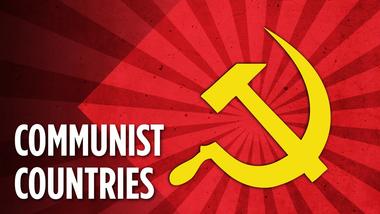
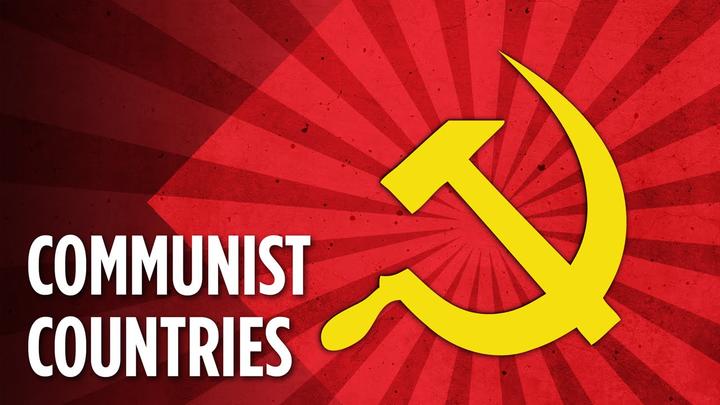
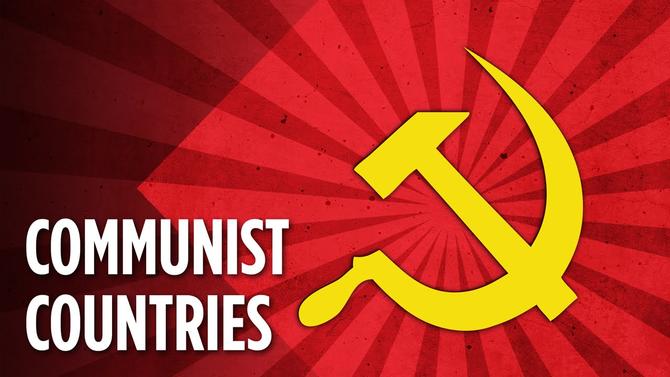
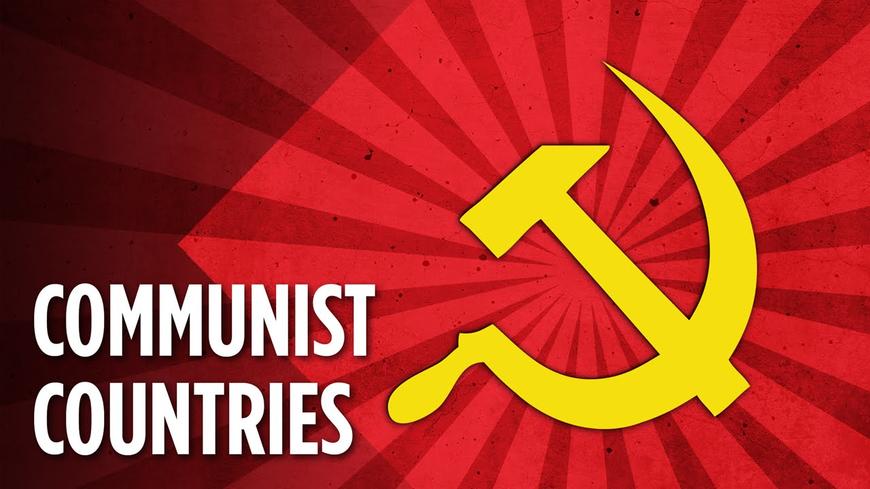
In modern society, information has acquired the highest value. The modern information society has generated an infosphere and even certain artificial images. Media communication is a process of purposeful creation, translation, and exchange of information. The mass media is a social institution that ensures the collection, processing, and dissemination of information on a mass scale. In modern society, the media has become one of the most important social institutions, as it affects almost all spheres of their life: politics, health, religion, education, and others. However, the media expresses the interests of society and various social groups, but also of individuals. Media activities have important socio-political consequences since the nature of information addressed to the audience determines its attitude to reality and the direction of social action.
Therefore, the media not only informs and tells the news but also propagate certain ideas, views, teachings, political programs and thereby participate in social management. Through the formation of public opinion, the development of certain social attitudes, the formation of convictions, the media is pushing people to certain actions and actions. That is why in the period of totalitarian regimes, the media sources were used by the leaders to create a cult of personality, in particular, communist leaders of different countries. The media sources play a significant role in the formation, functioning, and evolution of public consciousness. One can say that they are the basis of the mass culture. As a result, the perception and interpretation of important events in the life of a country occur through the media. With the passage of time, the media is increasingly penetrating the political sphere, becoming one of the instruments of the political process, so it is necessary to mention one more of its most important functions, the politicization of society and the political education of the general population. Therefore, the personality cult is a mass media phenomenon (Pisch 51). It is this function that has become a convenient tool in interacting with political regimes and their leaders; it has contributed to the creation of the personality cult of many rulers. Centralized communications with a single point of view are manifested in the media in interaction with the cult of personality and the totalitarian regime.
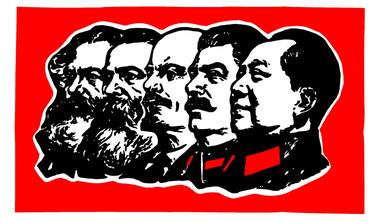
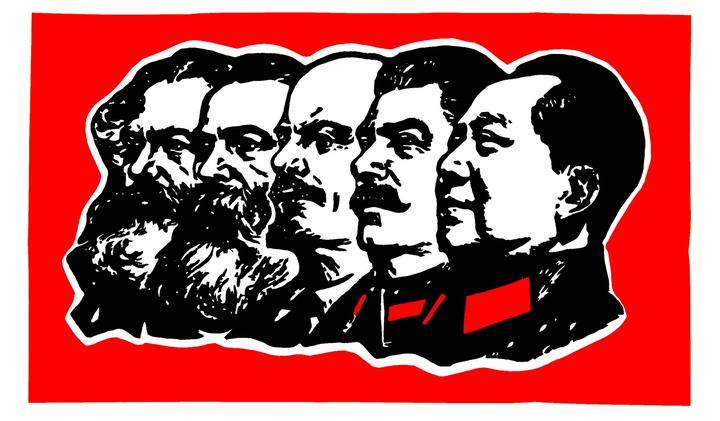
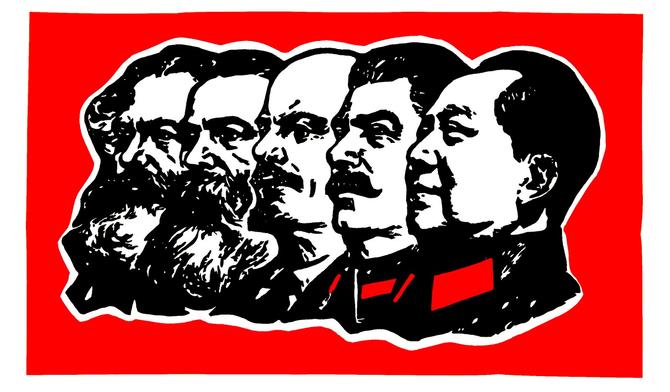
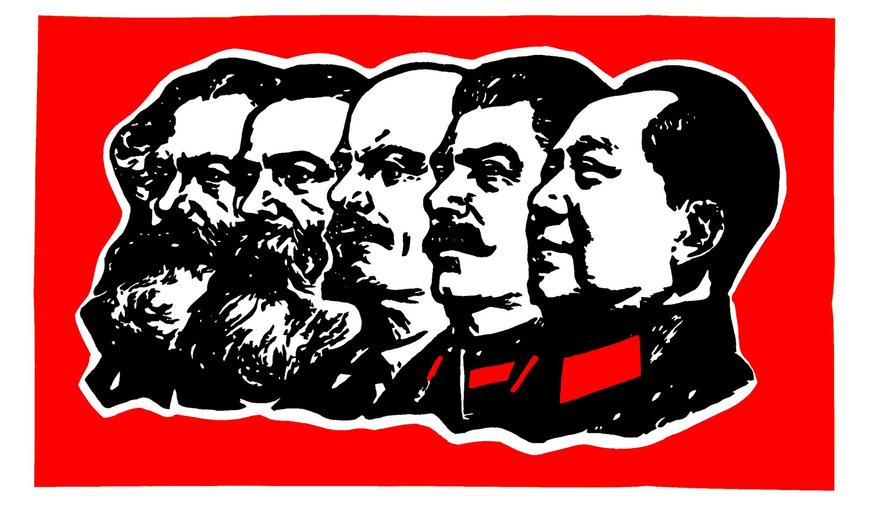
The activities of the media during the periods of the power of a particular communist leader are far from unambiguous. However, for all its contradictions, everything positive, like all negative, was a reflection of the time, a result of the manifestation of the conditions in which it functioned and developed. With skillful use of mass media, politicians can achieve the mass support of a political party, popularize their programs, develop patriotic sentiments, and create a cult of one's personality among the people. It is important to point out that many media appear as bodies of certain political parties in order to protect their interests and create the necessary image. Thus, the media becomes a way to accustom the audience to certain facts that gradually create the necessary description of the person, which, with the spread, increasingly convinces in the power of this or that person, in his or her supremacy and greatness, in the copiousness and unshakable correctness of his or her political decisions.
The 20th century showed how during the totalitarian regimes, in the absence of democracy and freedom of speech, freedom of the press, the media became an instrument for manipulating people and creating cults of personality that changed the history of nations and kept people in regime especially clearly. Thus, the dictators of the 20th century possessed a powerful propaganda weapon, which, for the first time in the history of rulers, allowed people to manipulate people's minds massively and push them in the right direction. Control over the press, radio, and television became a classic process during the reign of leaders such as Lenin, Stalin, Mao Zedong, and the Kim family. In the heyday of their power, they skillfully used control over the media to create a cult of personality and to impose on the people the idea of the need to praise their leader and faithlessly believe in their policies and the justice of actions and orders.
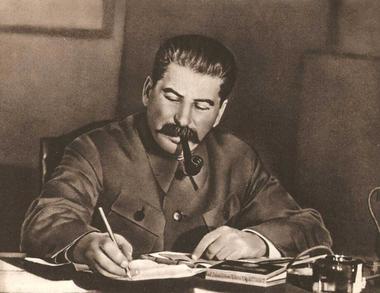
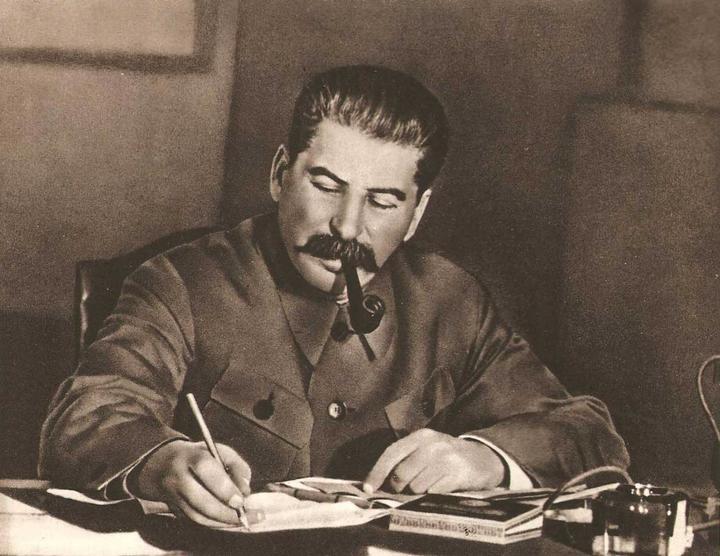
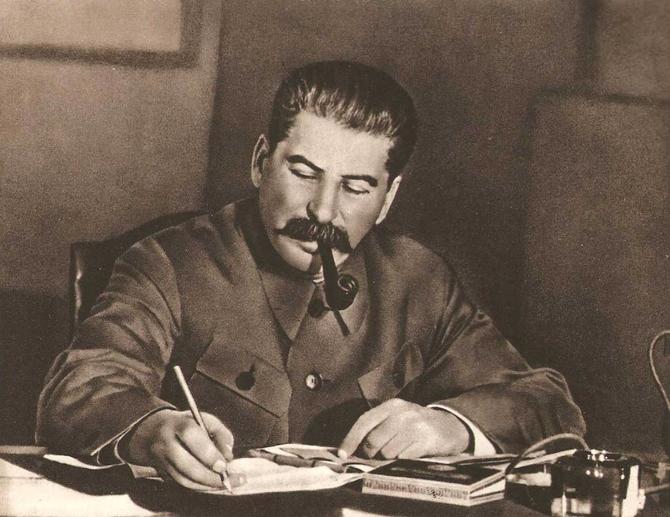
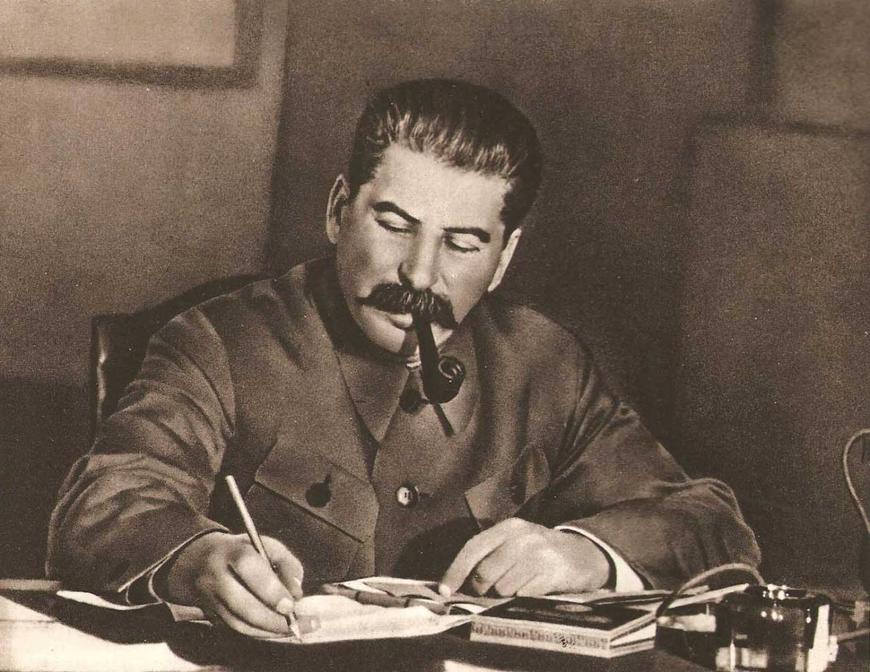
Therefore, one of the most vivid examples of using the media to create a cult of personality is the communist leader of the USSR, Stalin. Soviet journalism took an active part in the creation of the personality cult of Stalin. Praising in every way his perspicacity, wisdom in the victories achieved during the first five-year plans, it maintained the indisputability of his authority in the minds of the masses.
The system of the media of this state, being the conductor of the Stalinist model of building socialism in the USSR, with the establishment of propaganda departments in newspapers, is the leading place in the ideological and theoretical substantiation of Stalinism as the only true doctrine of socialist construction in the conditions of a new socio-economic formation. The persistent holding of mass media of authoritarian ideology contributed to the fact that it penetrated into all spheres of not only economic but also the spiritual life of society, including journalism. It turned out to be completely subordinate to the administrative-command system and devoid of the most insignificant independence.
Press has become an instrument of the administrative command system. This was manifested in the fact that it turned into a political press and a means of dealing with dissent, in the conductor of the ideology of the class struggle and its aggravation as the country progresses towards socialism. Under the conditions of a totalitarian regime, the press became a means of forming the personality cult of Stalin, a rigid instrument of exercising administrative-command pressure from above, a means of reprisal against those who did not follow the instructions and directives of the press itself.
The regime of the totalitarian state, the cult of Stalin's personality left a deep imprint on the work of the press. During the political processes of the '30s, the tone for all Soviet journalism was set by Pravda. It took an uncompromising and tough stance towards those who were accused of enemy activities, and among the exposed people, there were talented persons that showed themselves honestly and bravely.
Attached file: THE RELATION BETWEEN CULT OF PERSONALITY AND MASS MEDIA IN COMMUNIST REGIMES.docx
Click download to get access to a full version of the paper
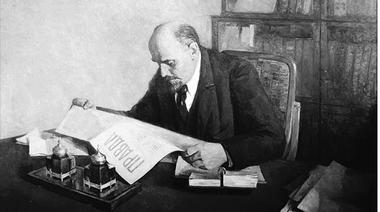
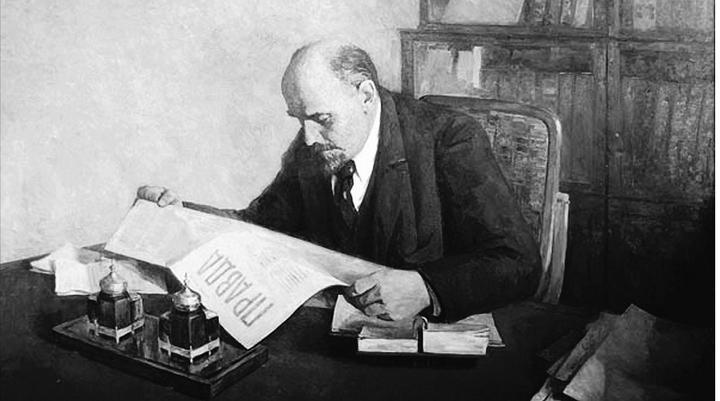
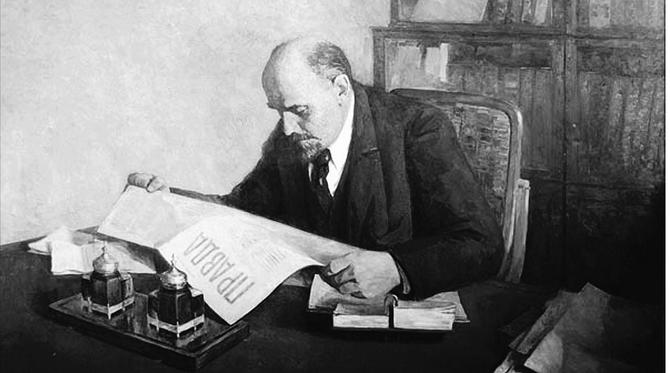
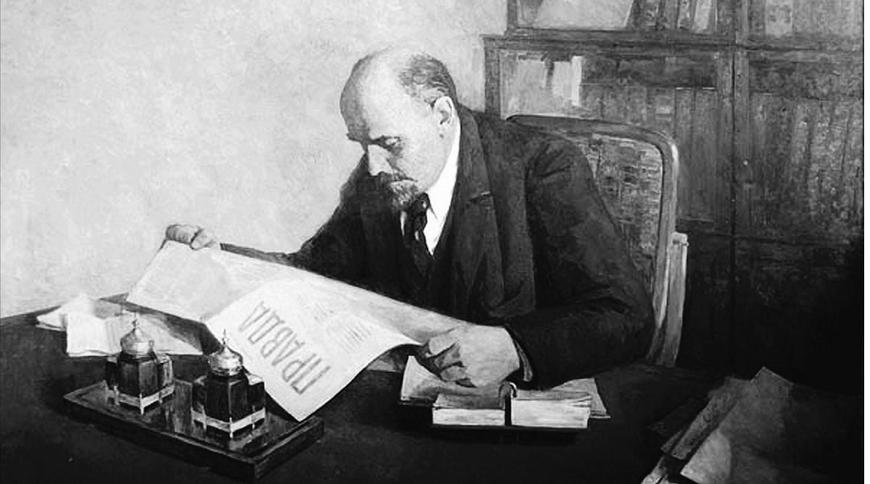
The general atmosphere of adherence to the ideology of Stalinism preserved the confidence of the masses in journalism. People listened to its voice, followed its ideas. The desire to further strengthen the ideological and organizational impact of the press on the masses explains the measures associated with the increase in the number of newspapers and the growth of their circulation. Therefore, the cult of Stalin was provided by his charisma and power spreading in media and it was not an extraordinary phenomenon (Pisch 50).
As a disciple of Lenin, Stalin was his follower in solving the problems of freedom of speech. However, unlike the teacher, he grounded them, subordinated to his own interests, which he considered to be the interests of the party and state. Very often the press became the initiator of illegal actions, arrests, evictions of thousands and thousands of families. Particularly zealous were the newspapers of the political department. They finally turned the political denunciation into an unspoken function of the Soviet press, which permeated all the links of the periodicals.
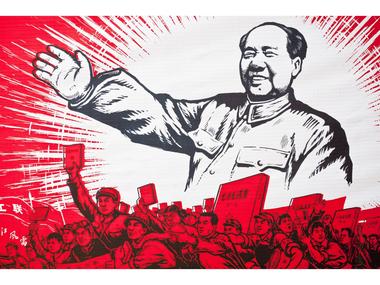
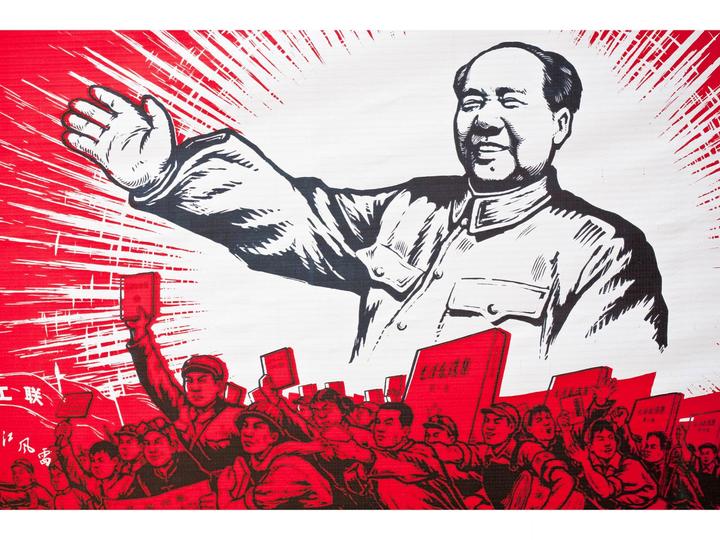
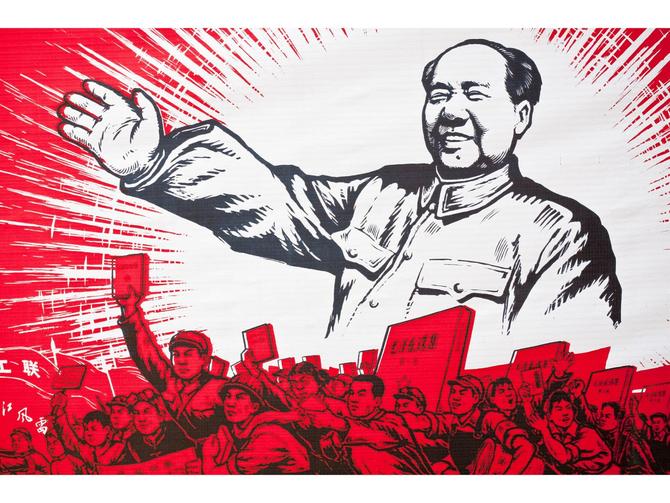

Another communist leader, Mao Zedong, created in China a cult of personality that left its mark even till nowadays, not without using the influence of the media on the mass consciousness (Wang 19). The personality cult of Mao Zedong was born during the Yan'an period in the early forties. This Chinese politician, copying Stalin, implanted his own cult. All those who criticized Mao Zedong were subjected to harsh persecution and repression. Newspapers began to appear with Mao's portrait in an editorial, and soon the ideas of Mao Zedong became the official program of the CCP. The slogans and fiery speeches of Mao were broadcasted through the media and mainly focused on young people, in particular, schoolchildren and students, among whom Mao badges were also being spread (Wang 19). Beijing newspapers began to call those who opposed the policy of Mao the enemies and openly called for their murder.
The press began a noisy campaign of inciting students throughout the country to do the same, including actions against teachers, who did not share the views of the proletariat and were the so-called enemies of Mao. Needless to say, mass media propaganda had a big impact on the youth, which, because of lack of experience, accepted the opinion and words of the press as the authority and a true message. The newspapers called on all rebels to join the revolutionary cause in the capital. The pilgrimage to Beijing begins for the experience of hungweipings from the capital. The hungweipings and tsaofans begin to unite in battalions, companies, platoons and all this was executed in support of Mao, who created his own cult of personality and dispelled the propaganda among the youth of all of China.
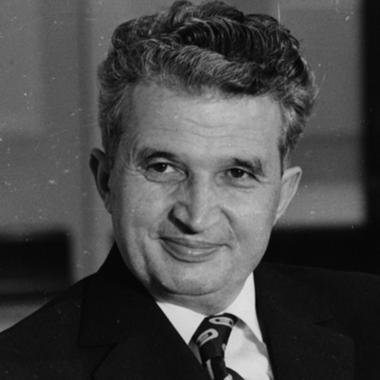
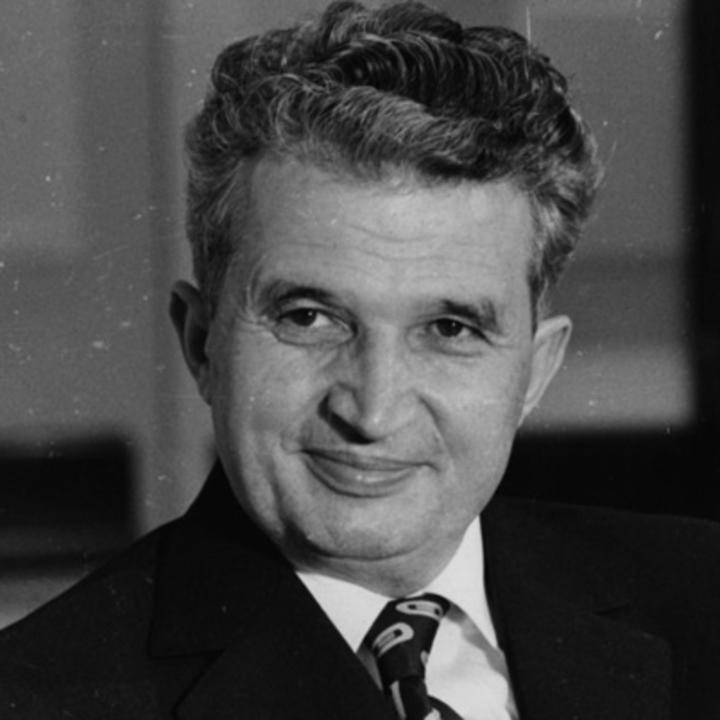
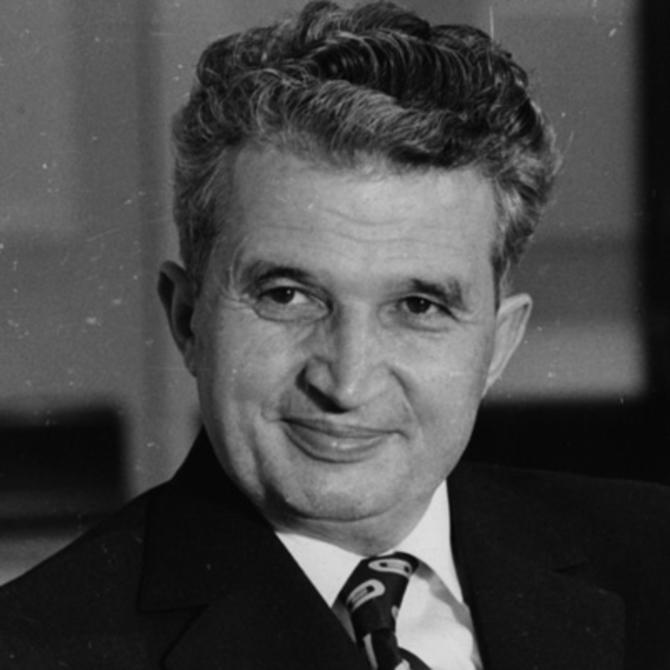
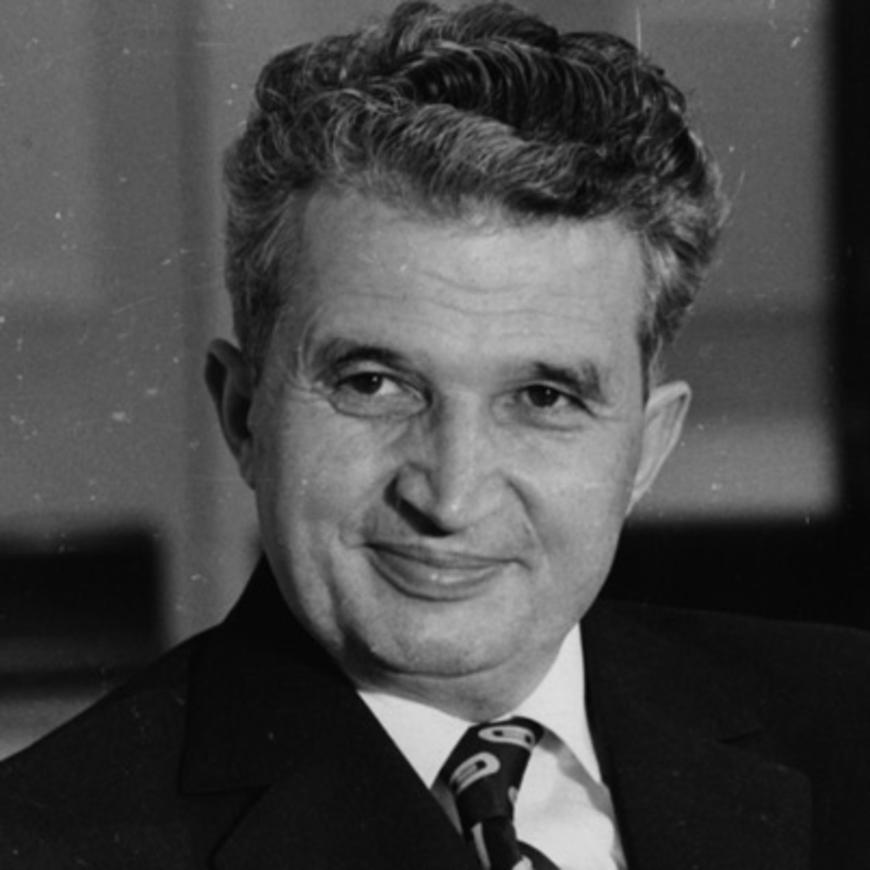
Another communist figure, Nicolae Ceausescu, the Romanian leader, in the 70 years of the 20th century, formed a powerful personality cult and skillfully used the media to spread and improve his oration and power. The management of Ceausescu was characterized by an active foreign policy course that differed from that of other Eastern European countries. In distinction from other dictators, he adhered to a freer policy, not banning foreign media to the country. However, Ceausescu used the local media for his own benefit. The media had to take care of the image of the leader. The special protocol department of Securitate was created in order to provide this function on television (Bachman).
Therefore, television was subjected to editing the Ceausescu speeches, removing stutter and pause; the filming was made in such a way to hide his low growth. The media portrayed him as a genius of communism who went beyond the leaders of the USSR and all the achievements of the nation were attributed to him (Bachman). His wife Elena was also often covered in the press; she was the main woman of the nation. The media created a strong image of Ceausescu as hope for success and progress for Romania, as the creator of a successful and independent future for the country (Bachman). The press, radio, and television often referred to the political activities of the leader as the “Golden Age of Ceausescu”, while emphasizing his importance for the people, for the country, and creating his personality cult (Bachman).

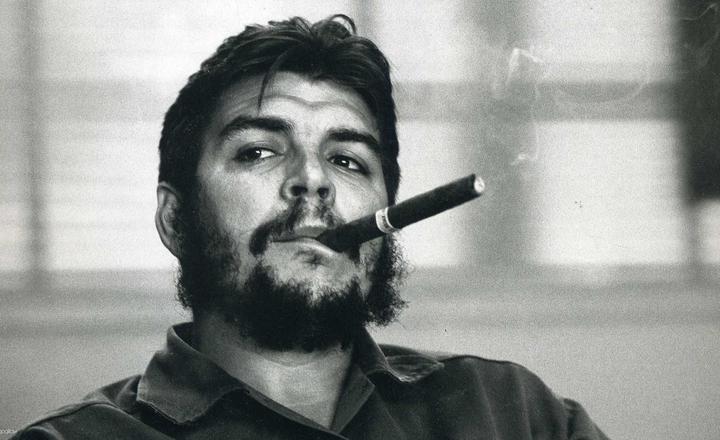
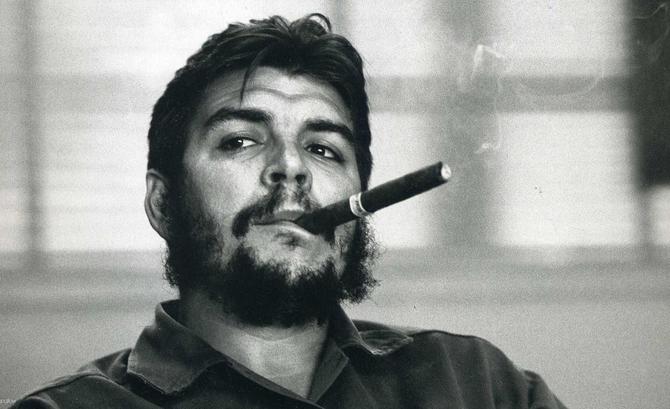
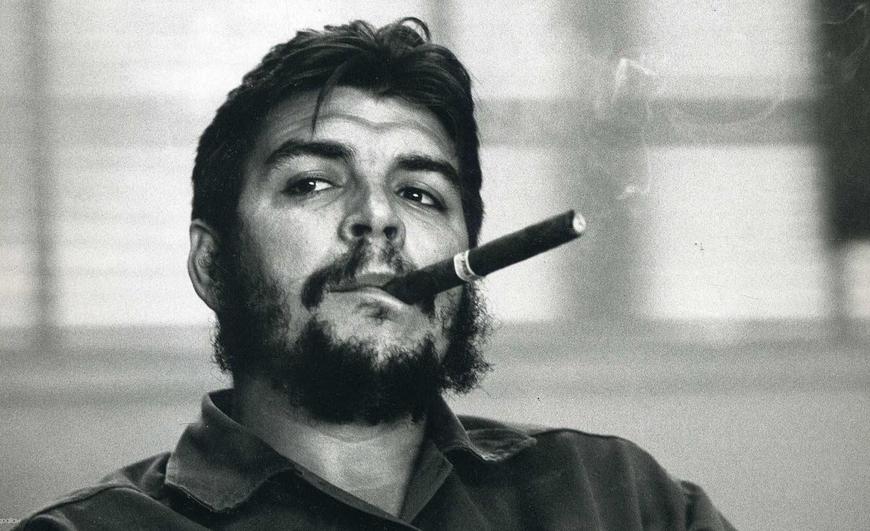
Two Cuban figures, around which the cult of personality developed, as a result, were also idealized in the media. For example, the halo of a romantic with a gun, a fighter against the freedom of the working people of Ernesto Che Guevara is so strong that even quite liberal people often treat Che with great piety because of the image that was created by the press for decades. Such an image is associated with Soviet and left propaganda, since, while idealizing Che as a great fighter against imperialism, Soviet publications have been replicating the image of a simple-minded, honest dreamer who was ill-conceived in politics but ready to die defending the interests of the common people, and thus this image inspired people with the necessary attitude to it. The name of Che Guevara is one of the most famous in the world today, and the famous black and white image made on the basis of photography is even more famous. The Castro brothers, especially Fidel, are also a cult among the masses. The use of media, interviews, and reports from partisan bases pushed Fidel and Che Guevara to create images of brave fighters for freedom and revolution (Hollander 204, 241). Thus, two personality cults of the heroes of the communist revolution were created, including through the participation of the press, radio, and television. The more time passes, the greater the image of such a hero becomes a myth. Memory erases the negative, and each new generation is ready to idealize and romanticize the image of the revolutionary more and more.
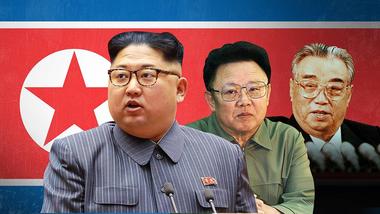
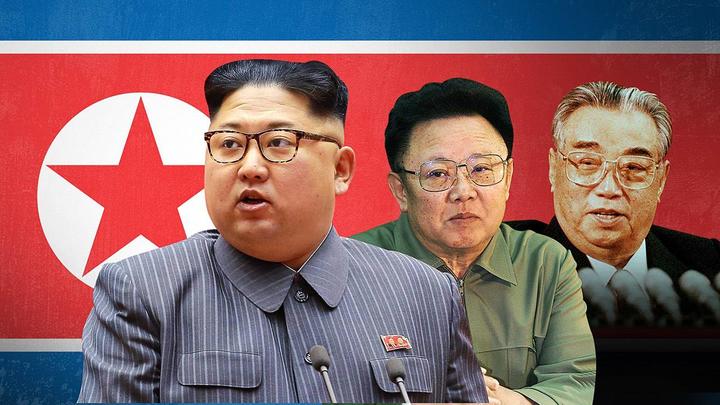
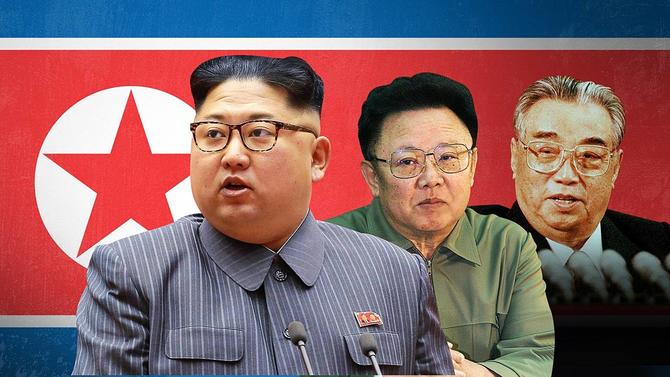
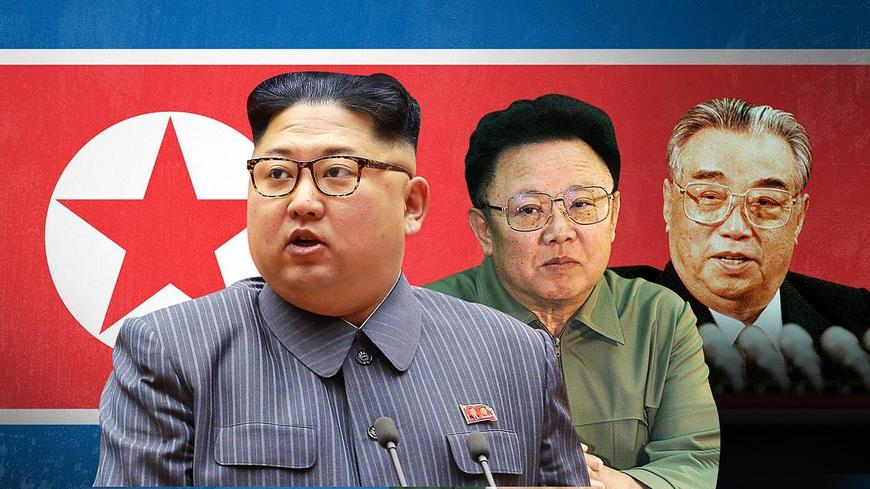
In addition, it is needed to mention the Kim family, which is the basis of the political regime in the DPRK. Kim Jong Il led North Korea after the death of his father in 1994 and continued to develop the cult of personality, safely transferring it to his person. Undoubtedly, the media could be brutally controlled by state leaders and used to create a cult of personality and influence on the public. Even after the death of the leader, the local press continued to create the necessary image around his personality that convinced people of his greatness and significance for the state. Thus, the BBC reports that the local newspapers idolized the personality of Kim Jong Il, explaining this by the fact that after his death, nature gives different signs that speak of great sorrow for the great ruler (“Kim Jong-il death”).
Thus, the state Korean central news agency reported on the mourning of nature for the deceased leader. Among the many miracles described in the press, snowstorms, a glacier that cracked after the death of Kim Jong Il, a stone with a glowing inscription about the holy revolution, took place in local media (“Kim Jong-il death”). This shows how the media develops the cult of personality, propaganda, and manipulation of the masses even after the death of dictators, who created the necessary image with the help of the media during their lifetime.
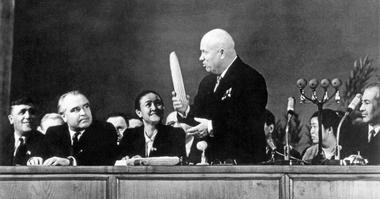
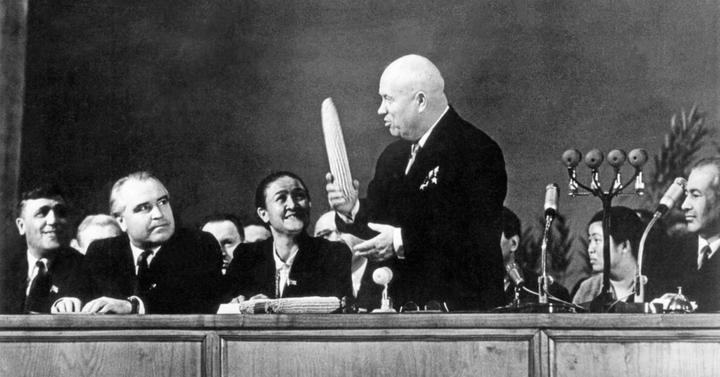
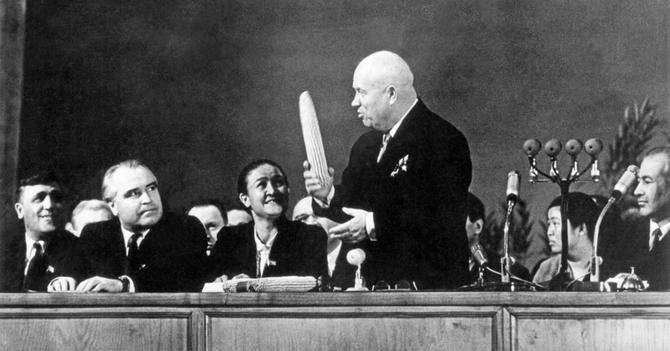
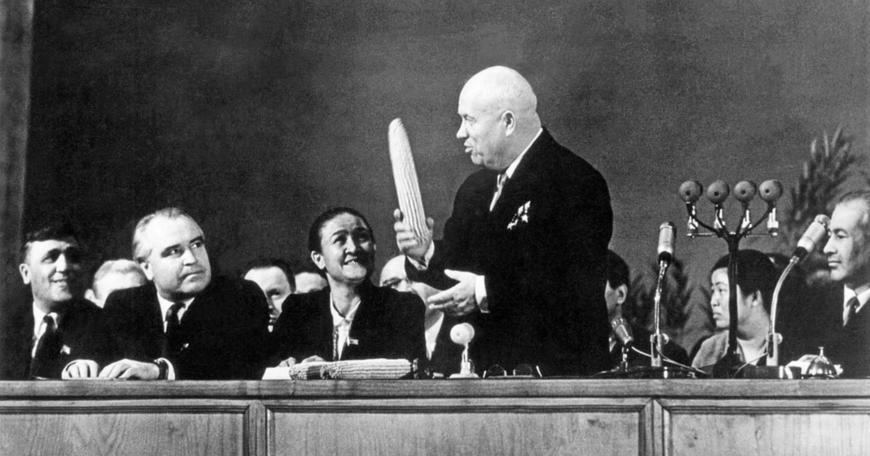
One should notice that the media acts as an opposition to the political system when there are no significant organizations and unions because they are able to create a real challenge. This could be observed with the defeat of the totalitarian systems of different countries and the debunking of the personality cult. For example, after Stalin's death and the coming to power of Khrushchev, the country was beset by a systemic crisis that affected the political, economic, and social spheres and the media became a new tool to debunk the personality cult (Pisch 52). It is known that ideology is the foundation on which a totalitarian system is built, therefore in states with such a system in support of ideology the leader's achievements are regularly shown, there is a strong personality cult of the political leader, and propaganda is carried out, however, with the fall of the regime, the media can dramatically change the direction of its activities.
Thus, the media also expresses and shapes public opinion, which is commonly seen as collective judgments of people, the manifestation of ordinary or mass consciousness. It arises on the basis of ordinary consciousness and, accordingly, the latter assesses various facts and phenomena of life - only emerging, topical at the moment, not yet settled, not finding their place in theoretical knowledge. Public opinion is formed in the process of information movement in society, reflects public life and public practice of people and acts as a regulator of their activities, which contributes to the imposition of a particular ideology and the creation of cults of personality. The interplay of politics and the media cannot be assessed unambiguously. The nature of interaction largely depends on who owns the media. There are different models of the interaction of these institutions: they can be subordinated to political power or be independent with their own interests.
Submission of media political power and the existence of censorship were observed in totalitarian regimes. The qualitative transformation of journalism into an essential element of mass culture made it possible to use the seal for various social forces as a powerful mechanism for manipulating the masses, mythologizing its consciousness. Mass journalism is gradually turning into an appendage of the so-called nation-state and the mechanism of pressure on mass consciousness and creating a cult of the personality of the leader. Fabricating the information that is pleasing to the power, mass production of it becomes an integral part of the censorship of the totalitarian state, flourishes and creates a comfortable ground for the cult of personality. Despite the fact that all the listed communist leaders held completely different periods in power, they all became central figures of personality cults, which were actively supported by the media (Figure 1).